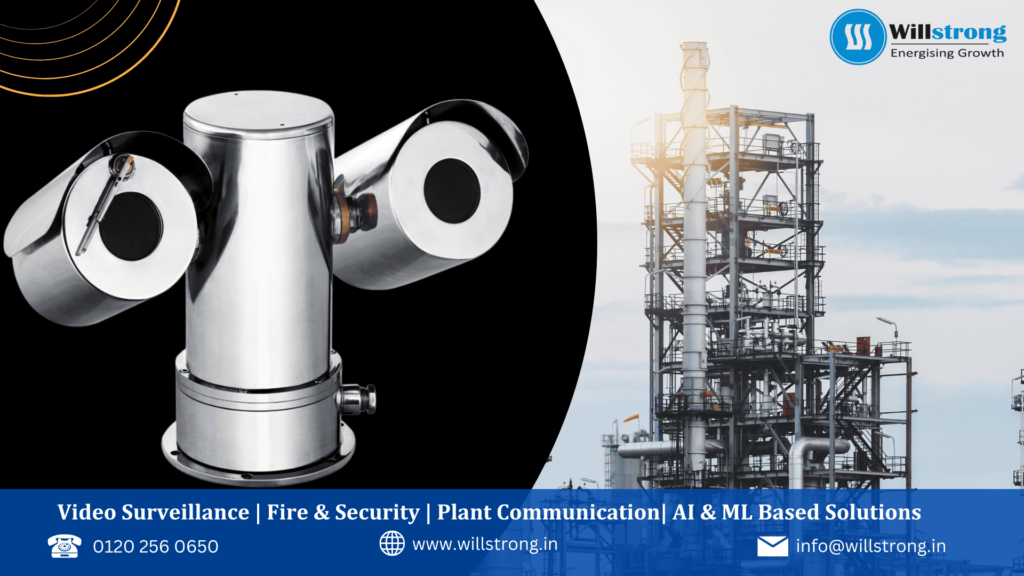These days, security is a top concern for plant operators. As technology advances, traditional CCTV systems are evolving into sophisticated surveillance solutions, thanks to the integration of artificial intelligence (AI).
By leveraging AI, these systems not only enhance security but also provide critical insights tailored for industrial environments.
Here are the top five benefits of integrating AI into CCTV systems for industrial plant security.

Object detection is one of the most useful features Of AI Integration in CCTV.
With the help of AI, Nowadays, AI can easily recognize the people, vehicles, and other objects in real time. which is very significant for improving situational awareness.
Unlike traditional cameras, which merely record footage, AI systems analyze videos to identify relevant activities.
For example, if an unauthorized individual enters a restricted area, the system can alert security personnel instantly.
This proactive approach enhances safety by minimizing response times and ensuring potential threats are addressed swiftly.
AI-driven CCTV systems can incorporate advanced facial recognition technology, allowing for the identification of individuals against a database of known faces.
This capability is particularly beneficial for industrial plants, where monitoring access to critical areas is essential.
By recognizing authorized personnel and potential intruders, facial recognition enhances security measures at entry points.
Furthermore, it can aid law enforcement in tracking down suspects or missing individuals, thereby contributing to overall site safety.
Traditional CCTV systems often require constant human oversight, which can be labor-intensive and prone to errors.
AI integration automates the monitoring process, enabling intelligent systems to analyze footage for unusual behavior, such as unauthorized access or equipment tampering.
When such events are detected, the AI can automatically send alerts to security teams, reducing reliance on manual observation.
This not only improves operational efficiency but also allows personnel to concentrate on critical tasks, as they are notified only when necessary.
AI integration in CCTV systems provides advanced data analytics capabilities that are invaluable for industrial plants.
These systems can analyze historical footage to identify trends and patterns in workforce behavior, equipment usage, and incident occurrences.
For instance, understanding peak operational times can assist in optimizing staffing levels and security measures.
By recognizing these patterns, plants can also predict potential incidents, allowing for preventive measures before issues escalate.
While the initial investment in AI-integrated CCTV systems may be substantial, the long-term savings and efficiency gains are significant.
By automating surveillance tasks and enhancing threat detection accuracy, industrial plants can reduce manpower costs.
Additionally, the ability to analyze data leads to better resource allocation and optimized security protocols.
This ultimately minimizes the risk of incidents, saving money that would otherwise be lost to theft, damage, or operational disruptions.